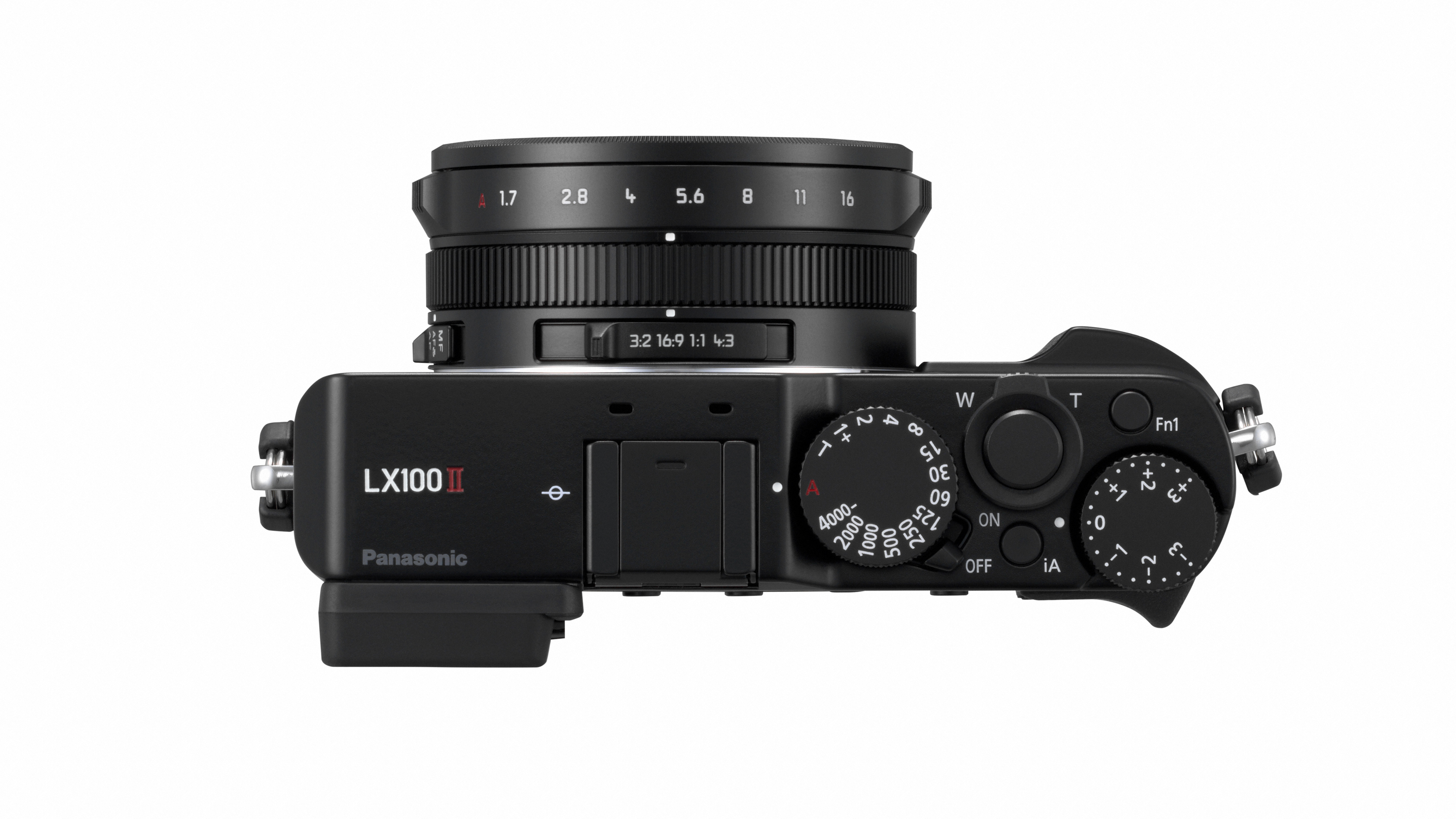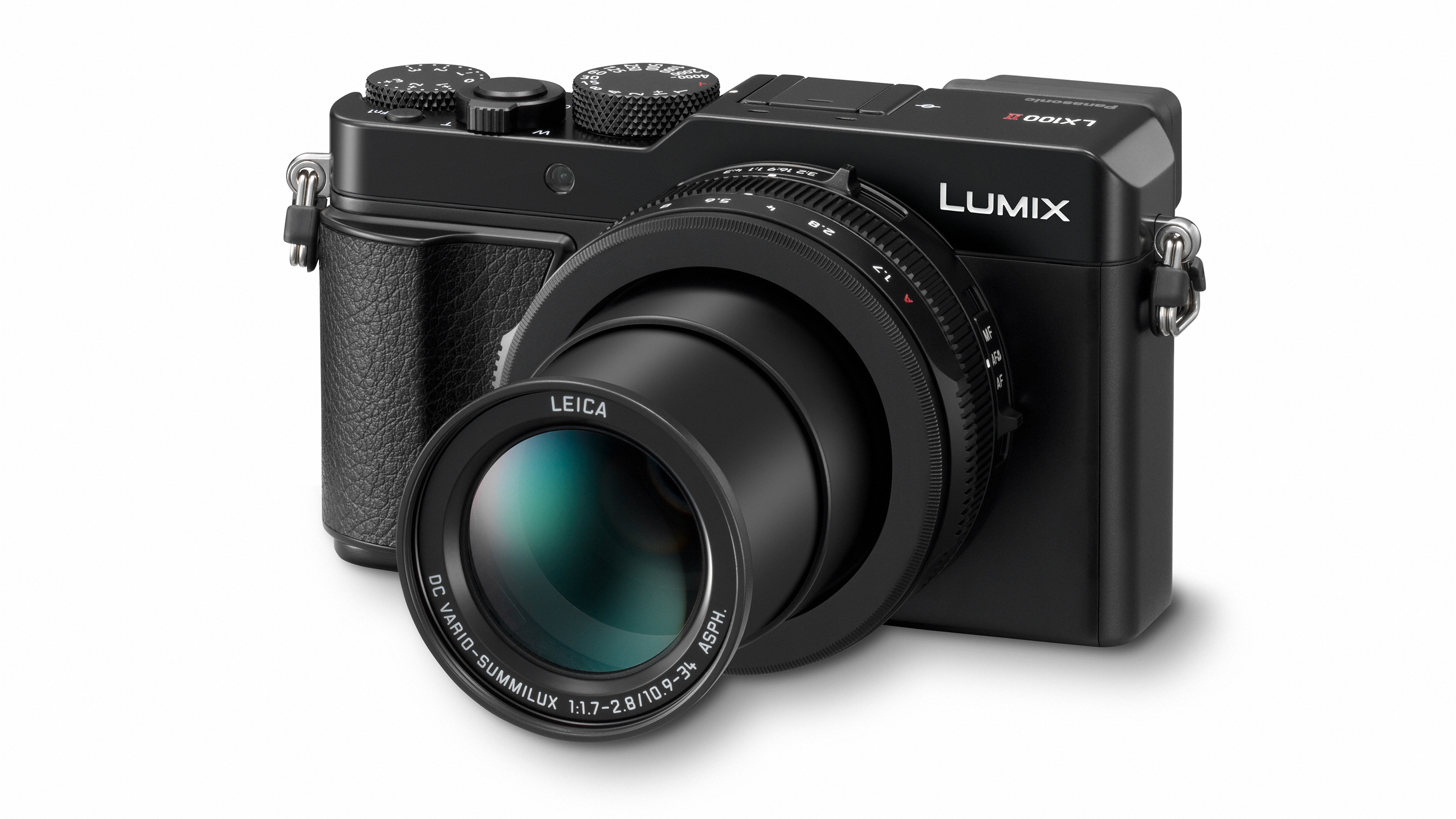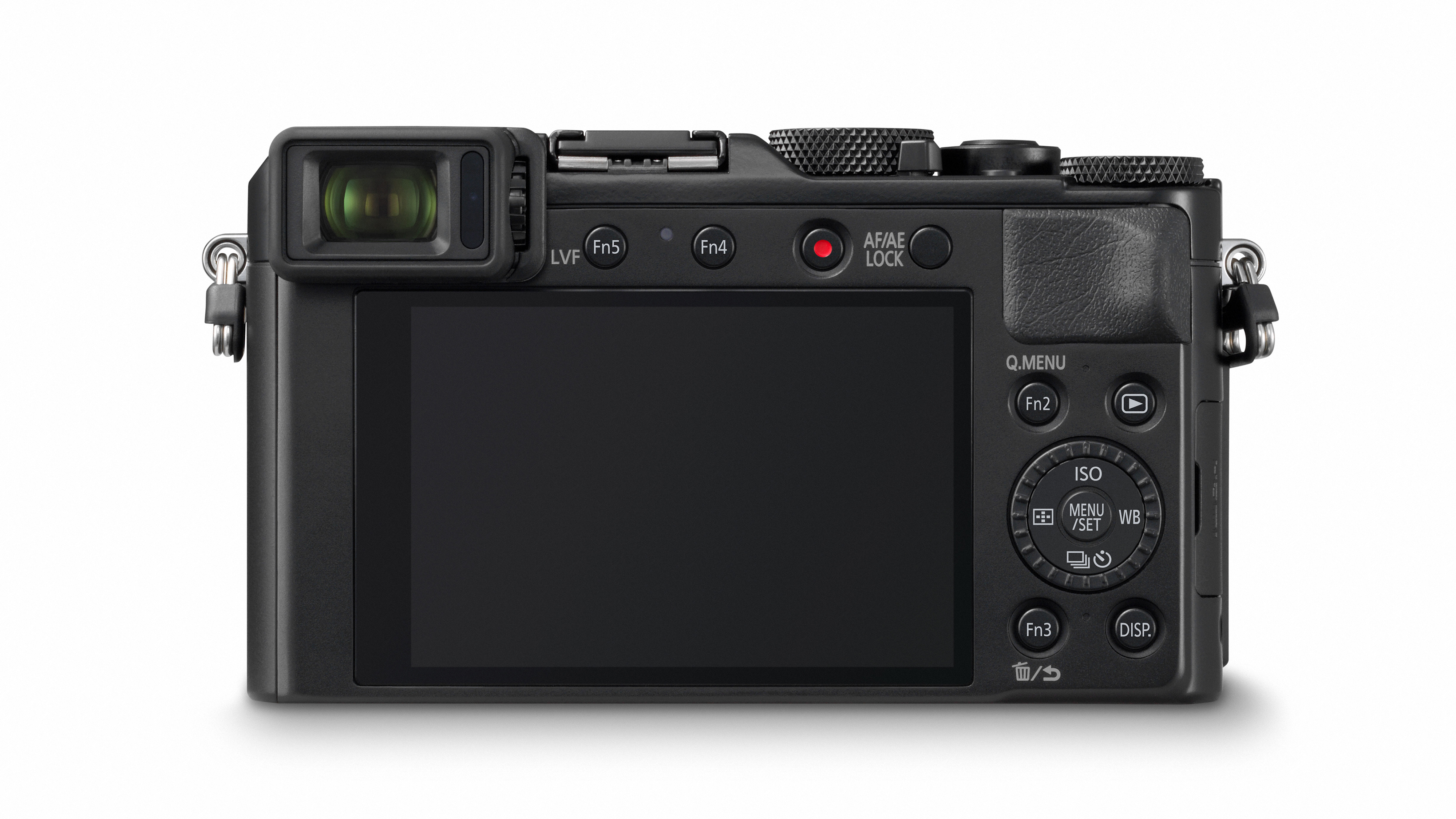Panasonic Lumix LX100 Mark II brings a classic up to date
A strong update of an already very good camera

Panasonic claims the credit for a peak in premium compact camera sales when the original LX100 was launched. Its secret was the combination of a relatively large Micro Four Thirds sensor with a high-quality, wide-aperture Leica 24-75mm equivalent f/1.7-2.8 lens
The new Panasonic Lumix LX100 II builds on that with more resolution, a touchscreen display and numerous other enhancements.
What every traveller and street photographer wants is a pocket-sized camera with a big sensor and a fast zoom lens, and they’re pretty hard to find. You can get a similar lens to the LX100 II’s from other makers, but only if you’re prepared to drop to a 1-inch sensor (the LX100 II’s is around 1.6x larger). Or, you can go for the bigger sensor in the Canon G1X III, say, but you’ll have to compromise on the lens’s maximum aperture, which is a much narrower f/2.8-5.6.
This leaves the Lumix LX100 II as the only premium compact to hit this particular big sensor/fast zoom lens sweet spot.
Panasonic has wisely not meddled with the lens specifications. It’s an optically sophisticated design consisting of 11 elements in eight groups, including two ED lenses and five aspherical lenses with eight aspherical surfaces. Panasonic says its performance exceeds that of high-end DSLR lenses.
Multi-aspect sensor



Another thing Panasonic hasn’t changed is the multi-aspect sensor design. With most cameras, there’s one ‘native’ aspect ratio, like 3:2 for APS-C and full frame cameras, or 4:3 for Micro Four Thirds and most compact cameras, and if you use a different aspect ratio the camera simply crops the captured image.
The LX100 II’s sensor is different. When you change the aspect ratio, the camera changes the area of the sensor used for image capture, maximizing the area each time. This is the explanation for the odd-sounding 17-megapixel resolution (quoted for the 4:3 aspect ratio) – the camera is using one of Panasonic’s latest 21.77MP sensors, but the multi-aspect design caps the resolution at a lower value.
Sign up for breaking news, reviews, opinion, top tech deals, and more.
To encourage you to use this multi-aspect feature, the lens barrel has a physical aspect ratio ring with settings for 4:3, 3:2, 1:1 and 16:9 aspect ratios. If you’re not quite sure which to choose, the LX100 II even has a new aspect ratio bracketing mode so that you can decide which works best later.
EVF, touch control and 4K Photo features
Other improvements over the original LX100 include a higher-resolution EVF, now with 2,764k dots, while the 1240k dot rear screen is now touch-sensitive. The Lumix LX100 II offers USB charging, too, from a portable power bank or even a laptop, for example.
Naturally for any new Panasonic, the LX100 II has both 4K video and a 4K Photo mode
Naturally for any new Panasonic, the LX100 II has both 4K video and a 4K Photo mode, in which you can capture images at 4K resolution and 30fps and extract 8-megapixel still images. There’s a new Auto Marking function that can recognize movement and faces, and mark these points to make them easier to find later, and a Sequence Composition mode to produce a multiple exposure of a subject moving across a static background.
Also new is the addition of Panasonic’s L.Monochrome and L.Monochrome D Picture Styles, and if you prefer to shoot raw rather than JPEG files you can use the in-camera raw processing option to save any number of JPEG variations to the camera’s memory card.
The autofocus system uses Panasonic’s own DFD (depth from defocus) technology, with Panasonic claiming an AF speed of just 0.1 sec, and enough sensitivity for it to focus on a star in the night sky. The camera can also focus down to 3cm in its macro mode (30cm in its tele mode).
The Panasonic LX100 II goes on sale on October 1 priced at £849 / $999 / AU$1,399.

Rod is an independent photographer and photography journalist with more than 30 years' experience. He's previously worked as Head of Testing for Future’s photography magazines, including Digital Camera, N-Photo, PhotoPlus, Professional Photography, Photography Week and Practical Photoshop, and as Reviews Editor on Digital Camera World.